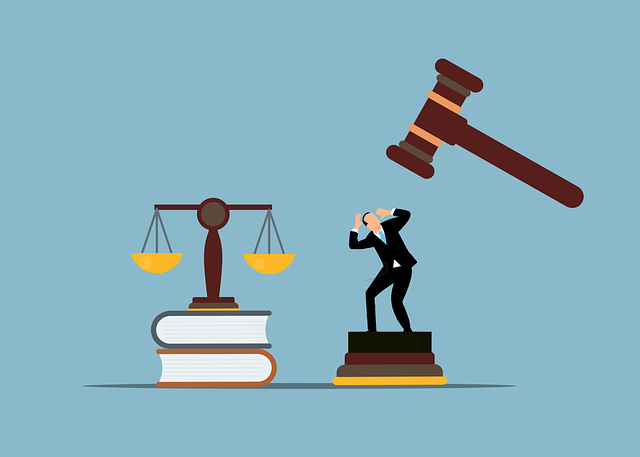In Miami personal injury cases, comparative fault distributes blame and compensates victims fairly by comparing negligence levels among involved parties. Florida law assesses each party's contributions to determine liability percentages, ensuring justice and fairness, especially in slip-and-fall incidents and wrongful death cases. Understanding comparative negligence is crucial for accurate damage apportionment.
In Miami, as in many states, personal injury cases often involve complex issues of fault and liability. Understanding comparative fault is crucial for anyone navigating these claims. This article delves into the intricacies of comparative fault in Miami injury cases, defining it and explaining how liability is determined. We’ll also explore the impact of comparative negligence laws on case outcomes, providing insights essential for both victims and defendants alike in the dynamic legal landscape of personal injury suits in Miami.
- Defining Comparative Fault in Miami Injury Cases
- How Liability is Determined in Personal Injury Claims
- Understanding the Impact of Comparative Negligence Laws
Defining Comparative Fault in Miami Injury Cases

In Miami injury cases, comparative fault is a legal principle that compares the negligence or responsibility levels of all parties involved in an incident. When determining damages, it assesses the contributions of each individual to the harm caused, rather than attributing blame solely to one person. This approach ensures fairness by considering how each party’s actions or inactions played a role in the outcome. In personal injury cases Miami, comparative fault is crucial for accurately allocating liability and ensuring that victims receive fair compensation.
For instance, in scenarios like truck accidents settlements or slip and fall injuries, comparative fault comes into play. It might be determined that both the driver and the property owner were partially at fault—the driver for speeding and the owner for poor maintenance. This concept is also relevant in real estate litigation where negligence can lead to unexpected injuries. By using comparative fault, courts can assess damages proportionally based on each party’s level of responsibility, ensuring a more balanced outcome.
How Liability is Determined in Personal Injury Claims

In Miami personal injury cases, determining liability is a complex process that involves assessing the actions and responsibilities of all parties involved. When an individual suffers injuries due to another person or entity’s negligence, the legal system aims to allocate responsibility fairly. This allocation is known as comparative fault, which compares the at-fault party’s negligence against the victim’s own contributory negligence, if any. In Florida, including Miami, the law considers each party’s actions and their impact on the injury, aiming for a just distribution of compensation.
For instance, in a slip and fall settlement, if a client recovery is sought from a property owner due to nursing home abuse or any other personal injury, the court will examine various factors. These include the condition of the premises, whether warning signs were posted, the victim’s awareness of potential hazards, and their actions (or lack thereof) that might have contributed to the accident. By analyzing these elements, the legal system determines each party’s percentage of liability, ensuring a fair and accurate reflection of the circumstances in the personal injury case.
Understanding the Impact of Comparative Negligence Laws

In Miami personal injury cases, comparative negligence laws play a pivotal role in determining compensation for victims. Unlike pure liability systems, where the at-fault party is solely responsible, comparative negligence allows for a more nuanced approach. It considers the contributing fault of all parties involved, including the victim, in cases of mutual negligence. This means that if you’ve suffered injuries in a car accident or other mishap and were partially at fault, your damages will be reduced proportionally. For instance, if a Miami auto accident attorney helps you secure a $100,000 car accident settlement, but you’re found to be 20% at fault, your final compensation would be reduced to $80,000.
Understanding comparative negligence is crucial for anyone navigating personal injury claims in Miami. It’s important to recognize that this legal principle aims to ensure fairness by preventing plaintiffs from profiting from their own negligence. Moreover, it can significantly impact the outcome of wrongful death claims where a victim’s family seeks compensation. By comparing fault levels, courts strive to apportion damages accurately, reflecting the circumstances of each personal injury case in Miami.
In Miami personal injury cases, understanding comparative fault is paramount. By grasping how liability is determined and the impact of comparative negligence laws, victims can navigate their claims more effectively. This knowledge empowers them to pursue fair compensation for their injuries, ensuring they receive a just outcome in their personal injury case Miami.






